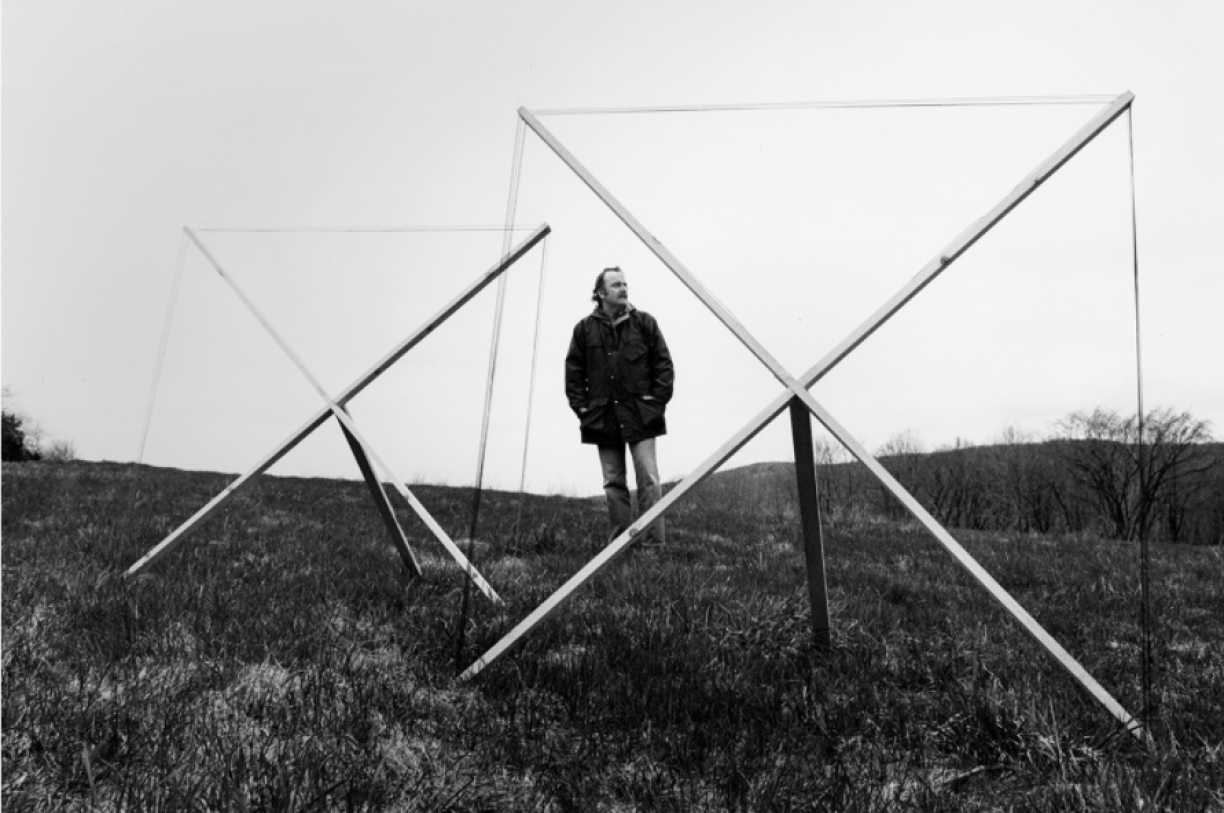Alvin Lucier: Bird and Person Dyning
Wednesday, November 8th, ISSUE presents the first evening of a two day series observing the work of revolutionist American composer Alvin Lucier in partnership with Zürcher Hochschule der Kunste in Zurich, Switzerland (ZHDK). The occasion intersects both Lucier’s resonant history with ISSUE as well as ZHDK’s recent festival that celebrated Lucier’s 85th birthday.
Held in October of 2016, ZHDK’s festivities were centered around three days of concerts, installations, workshops, and symposiums that featured Lucier and prominent figures such as Joan La Barbara, Charles Curtis, Stephen O’Malley, Oren Ambarchi, Gary Schmalzl, as well as many University students and faculty members spanning the disciplines of composition, music theory, musicology, sound studies, aesthetics, critical theory, and art history. ISSUE presents a crucial New York staging of the 2016 happenings, involving many of its participants, including Joan La Barbara and the University initiated Ever Present Orchestra, an ensemble dedicated to specifically performing Lucier’s work. The series also sees the publication of documents from the festival, including a box set that includes four LPs (12 “/ 180 gram), a CD, as well as a discursive publication of essays, interviews, scientific articles and archival photos edited by Bernhard Rietbrock. Lucier will conduct a signing session of the box set after the concert.
The November 8th program features two recent works both performed by the Ever Present Orchestra, consisting of an ensemble of four guitarists, including Oren Ambarchi, three saxophonists, four violinists, and a pianist. The Orchestra performs Lucier’s 2012 piece Braid and the New York premiere of 2015 piece Hanover. Pioneering composer, performer and sound artist Joan La Barbara also performs the American premiere of Lucier’s Double Rainbow, a new work for voice and oscillator written expressly for La Barbara that saw its world debut in Zurich in 2016.
The evening concludes with Lucier himself staging his seminal 1976 work Bird and Person Dyning, reprising a performance done at ISSUE in 2013 on a program that included the premiere of December 12th, performed by the Ensemble Pamplemousse. Bird and Person Dyning stands as an essential work demonstrating the composer turning inward to the fundamental sparks of aural phenomena. “Dyning” is Lucier’s abbreviated version of “heterodyning,” a term introduced in the early days of radio transmission to describe the phenomenon of two waves mixing in a non-linear medium to produce two extra signals (created with the sum and difference in frequency). Known as “difference tones” in music, the piece tasks the performer to create the tones with an electronic bird call (originally a Christmas ornament producing a chirping sound), and the feedback created by a binaural microphone and stereo system. The emergence of the difference tones, or “phantoms,” depend on the position of the performer in the space and is, uniquely, music where we actually “listen to a composer listening.”
The program observes Lucier’s delicate and lyrical compositional legacy and his enduring engagement with the elusive characteristics of how sound materializes -- with how acoustic mechanics are rediscovered, considered, and performed. Lucier has pioneered many areas of music composition and performance, including the notation of performers' physical gestures, the use of brain waves in live performance, the generation of visual imagery by sound in vibrating media, and the evocation of room acoustics for musical purposes. His sensitivity to sound as a physical phenomenon and his attention to rich aural experience is often practiced through tactical, research-oriented strategies dedicated to contextual listening. A vital figure within experimental music, the compositions of Lucier highlight a general theory of sound, one suggestive of our entangled perceptual position in the sonic world, as well as our attempts to hear the yet-to-be heard
Video by Yiyang Cao. Edited by Wyatt Owens. Audio mixed by James Emrick.

